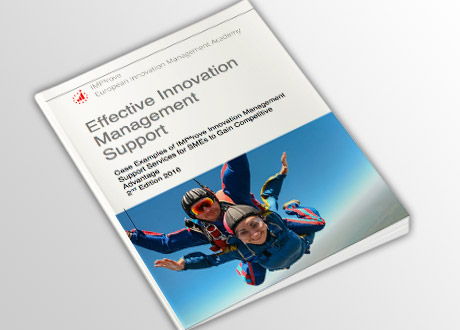Disruption Planning 2- Creating Options and Pathways
In this in-depth article Haydn Shaughnessy discusses why traditional ROI decision making is becoming irrelevant and how options planning is a key element of competitiveness. In these uncertain times firms need to recognise and analyse their options thoroughly in order to be ready for inevitable change.









